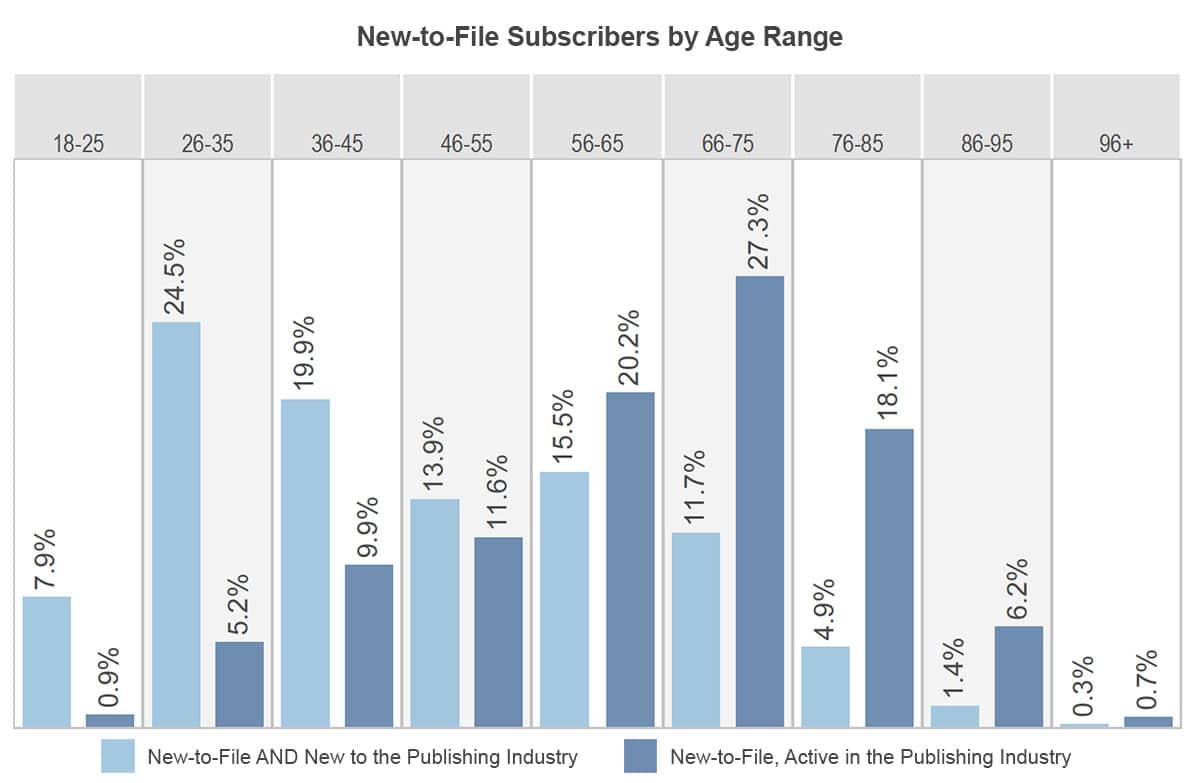A Promising Path Ahead for Magazine Publishers
Publishing and media brands today are navigating a complex landscape. They have been for years. Yet there is reason for optimism, and we recently heard from many of our publishing industry colleagues about how they’re positioning themselves for long-term success.

The publishing industry was already confronting a lot of challenges before 2020, as the rise in digital media consumption caused publishers to change how they thought about the sustainability of their businesses. The industry then rode the roller coaster caused by the pandemic, experiencing both highs and lows as many people returned to their love of reading while other subscribers were faced with economic uncertainty.
Today, publishing and media brands are navigating both the lingering questions that arose during the pandemic and new challenges, such as rising paper and mailing costs. But many publishers are feeling a sense of optimism about the road ahead. They have adopted a perspective that I think points to the resilience of the industry—a belief that the twists and turns of recent years have taught them to adapt more nimbly, diversify their offerings, explore new opportunities, and set themselves up for long-term success.
Wiland recently hosted an inaugural meet-up with some of our publishing industry colleagues, where the group discussed what industry issues are keeping them up at night, how they are navigating today’s unique environment, and what gives them optimism heading into 2023 and beyond. The group also heard from renowned publishing industry thought leader Bo Sacks to gain his perspective on the state of publishing today and moving forward. It was a great discussion full of on-the-ground insights and a sense of community. We look forward to hosting more of these events in the future.
Here are five takeaways from the discussion during our meet-up that provide a snapshot of what’s on the minds of many publishers today:
- Younger consumers are exploring subscriptions with publications and content-driven media brands.
“How can I find younger subscribers?” is a question that is often asked by publishers. At Wiland, we are seeing recent data that shows these younger subscribers are out there and becoming more active. Over the past 12 months, Wiland has seen substantial growth of new-to-file subscribers within the Wiland Cooperative Database who are younger than many publishers’ “traditional” audiences. This is shown in the graph below, where I encourage you to pay special attention to the 26-35-year-old age range.

These younger subscribers represent great opportunities for new revenue and potential long- term value for publishers. - The rising expenses associated with direct mail will result in campaign cutbacks for many publishers.
Bo Sacks predicts that the mailing issues of paper shortages and rising costs will continue into the near future. Many publishers will need to rethink and potentially scale back their mailings as a result. This means that mailing as intelligently and efficiently as possible—reaching the people with the highest likelihood to respond and subscribe—is more important than ever for publishers. - Revenue diversification is a key strategy for achieving business sustainability.
Many publishers are continuing to work to maintain their core, traditional businesses while also exploring new revenue streams, such as offering newsletters, products, podcasts, webinars, and more. There is also a movement to offer memberships and curate a greater sense of community, of which subscription is a component. This diversification of revenue has become a key decision driver, taking the place of traditional metrics such as rate base.Diversification of revenue has become a key decision driver, taking the place of traditional metrics such as rate base.
- Publishers are looking to acquire new subscribers across all channels.
Direct mail remains the most effective channel when it comes to acquisition of subscribers who are most likely to renew and deliver high long-term value. But publishers are exploring additional channels with the goal of finding new subscribers. Many are testing digital advertising channels as well as SMS, which is showing some early promise. - The more data the better when it comes to maximizing subscriber engagement.
Many publishers are actively seeking additional data and insights to illuminate their prospects’ and subscribers’ spending behaviors, giving patterns, social media interests, and more. When publishers have this more comprehensive view of their subscribers, they are able to run better-informed campaigns, improve internal segmentation, and deliver optimally relevant content. To achieve these outcomes, they are working with premier data partners like Wiland.
While many concerns were discussed during our roundtable, optimism about the future of the publishing industry was also palpable. As Bo Sacks noted, he believes that we are entering a new golden age for publishing in which digital is not a threat, but an exciting opportunity. I share in this optimism, and the Wiland team is ready to support the success of our publishing friends as we navigate this new landscape together.




